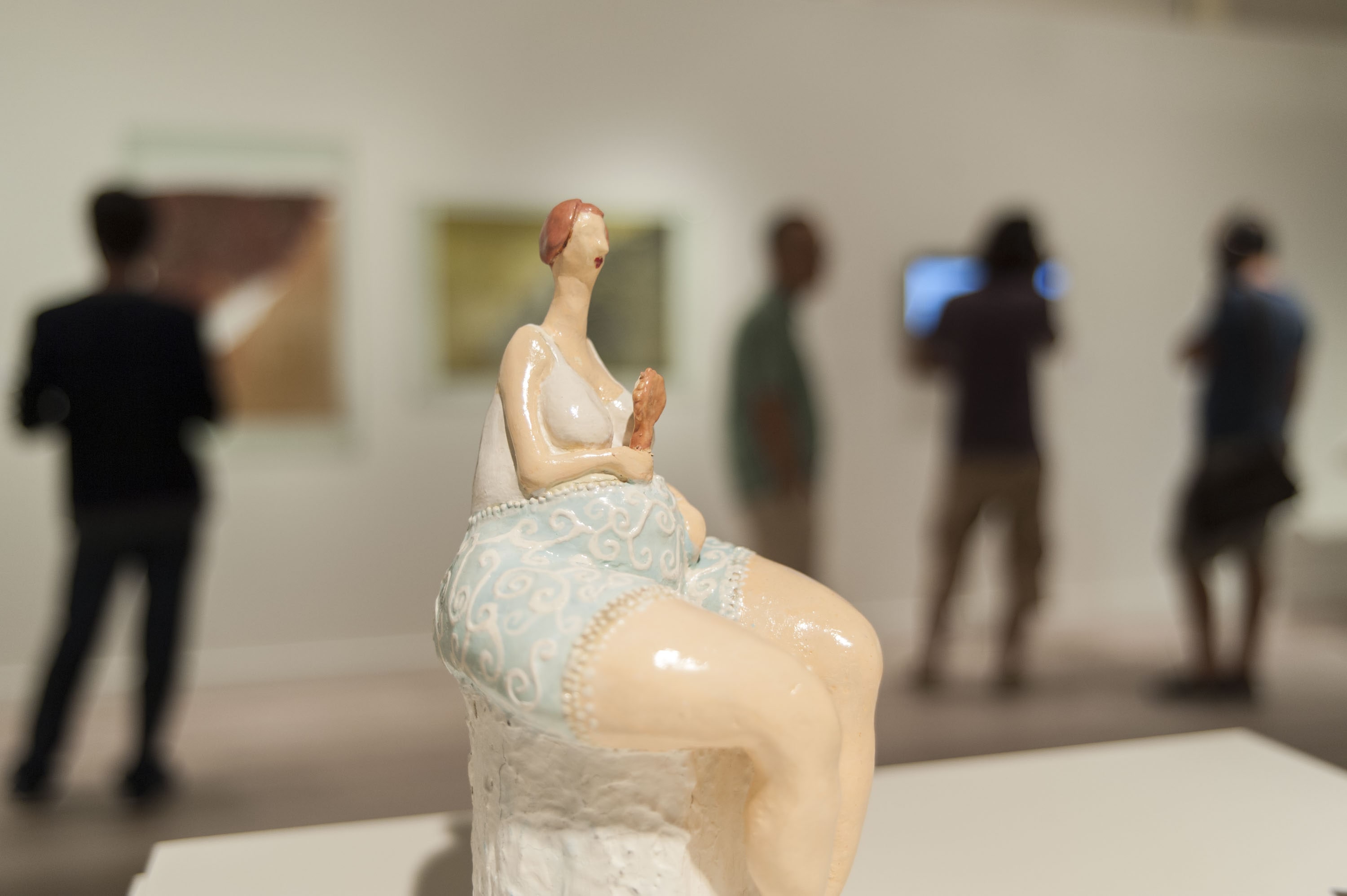Director: Andrzej Wajda
Cast: Tadeusz Lomnicki, Krystyna Stypulkowska, Wanda Koczeska
Poland, 87’, 1960, black and white
Polish with Turkish subtitles
Working with a screenplay by Jerzy Andrzejewski (Ashes and Diamonds) and a very young Jerzy Skolimowski (who appears as a boxer in the film), Wajda chronicles a soft bohemia made up of motor scooters, easy flirtations and jazz enjoyed by a group of Warsaw 20-somethings. Bazyli (Tadeusz Lomnicki), a recent graduate from medical school, is more dedicated to playing drums than to pursuing his profession. Fellow hipster Edmund (Zbigniew Cybulski) asks Bazyli’s help in attracting the attention of a beautiful young woman, but it’s Bazyli who winds up walking her to the train station, after the last train has already departed…Innocent Sorcerers brilliantly captures the post-Stalin thaw that had begun to sweep through the Eastern bloc countries by the late ’50s while meditating on the pleasures and terror that freedom can bring.
Trailer

The Academy of Fine Arts in Sarajevo was founded in 1972 as the first Academy of Fine Arts in Bosnia and Herzegovina and became one of the forerunners in Bosnian contemporary art. Academy continued its operation throughout the war years (1992-1995) in besieged Sarajevo and participated in important international art projects.
Tuesday - Saturday 10:00 - 19:00
Friday 10:00 - 22:00
Sunday 12:00 - 18:00
The museum is closed on Mondays.
On Wednesdays, the students can
visit the museum free of admission.
Full ticket: 300 TL
Discounted: 150 TL
Groups: 200 TL (minimum 10 people)